
Stories by John Greig


Agritechnica Day 1: Combine launches, giant power units
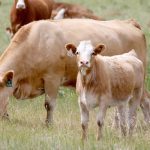
Stocker calf prices boom, but cow herd rebuild unlikely

Ergot recommendations tightened
New research suggests increased caution with ergot-infected feed; maximum levels are increased to one part per million
Cattle producers in Western Canada should pay more attention to ergot levels in their feed after new research found that previously recommended levels should be lower. Research conducted by Dr. Gabriel Ribeiro and others at the University of Saskatchewan has led to recommendations that cattle not consume feed with more than one part per million […] Read more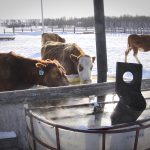
Quick test could improve treatment decisions in cattle
Researchers use water troughs to monitor resistant bacteria and help decide which antibiotics should be administered
Researchers are seeking ways to manage antimicrobial-resistant bacteria on farms, including quicker evaluation of bacteria so treatment can be better targeted. Agriculture Canada and University of Saskatchewan veterinary school researchers are studying feedlot water troughs, hoping the water can tell them what sort of anti-microbial resistant bacteria are present. “By knowing what type of resistance […] Read more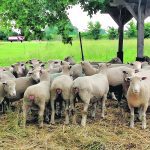
Colombia opens door to small ruminant exports
Frozen semen can now be exported to the South American country from flocks not participating in the scrapie program
Canadian sheep and goat farmers now have more access to export markets with a recent approval to ship frozen semen to Colombia without the need for scrapie risk certification. That’s in addition to the agreement two years ago that allowed embryos and live small ruminants access to Colombia. Live animals and embryos have to come […] Read more
Sheep body condition scores must be accurate
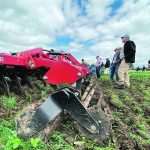
Autonomy, innovation headline farm show
Farm show showcases the latest agriculture technology, from cattle handling and dairy tools to biostimulants and big iron
Farmers in Eastern Canada flocked to Canada’s Outdoor Farm Show and found a show more fully stocked than recent events, which were challenged by equipment company supply chain issues. The show, held Sept. 12-14 in Woodstock, Ont., featured tours of research plots and expanded in-field demonstrations that included forage mower-conditioners, hay mergers, fall tillage options, […] Read more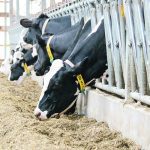
Dairy code update requires cattle movement
Few tie stall barns remain on western Canadian dairy farms, but producers might have to make calf housing changes
Most dairy farmers in Western Canada will feel minimal effects from changes to the national Code of Practice for the Care and Handling of Dairy Cattle. However, farmers with tie stalls may need to make some changes. The main effects of the changes that come into effect April 1, 2024, are around tethering of cows […] Read more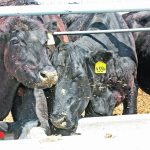
Prairie feedlots increase use of corn
Dry conditions squeeze grain availability, but experience from 2021’s drought has made moving corn into Alberta easy
Alberta feedlots are increasing imports of American corn to make up for the lack of local feed caused by the drought. “There’s going to be a lack of barley and wheat for the feedlot,” says Jacob Bueckert, chair of the board of the Alberta Cattle Feeders’ Association. “Most of the feedlots are already purchasing corn […] Read more



